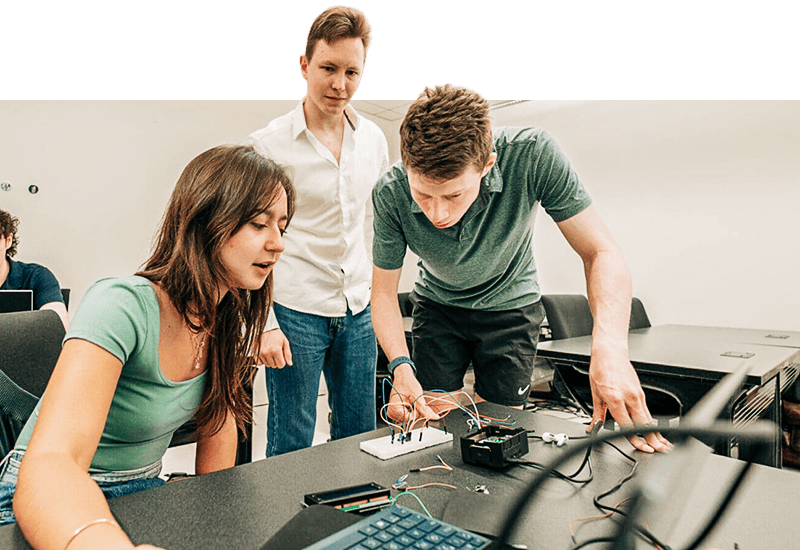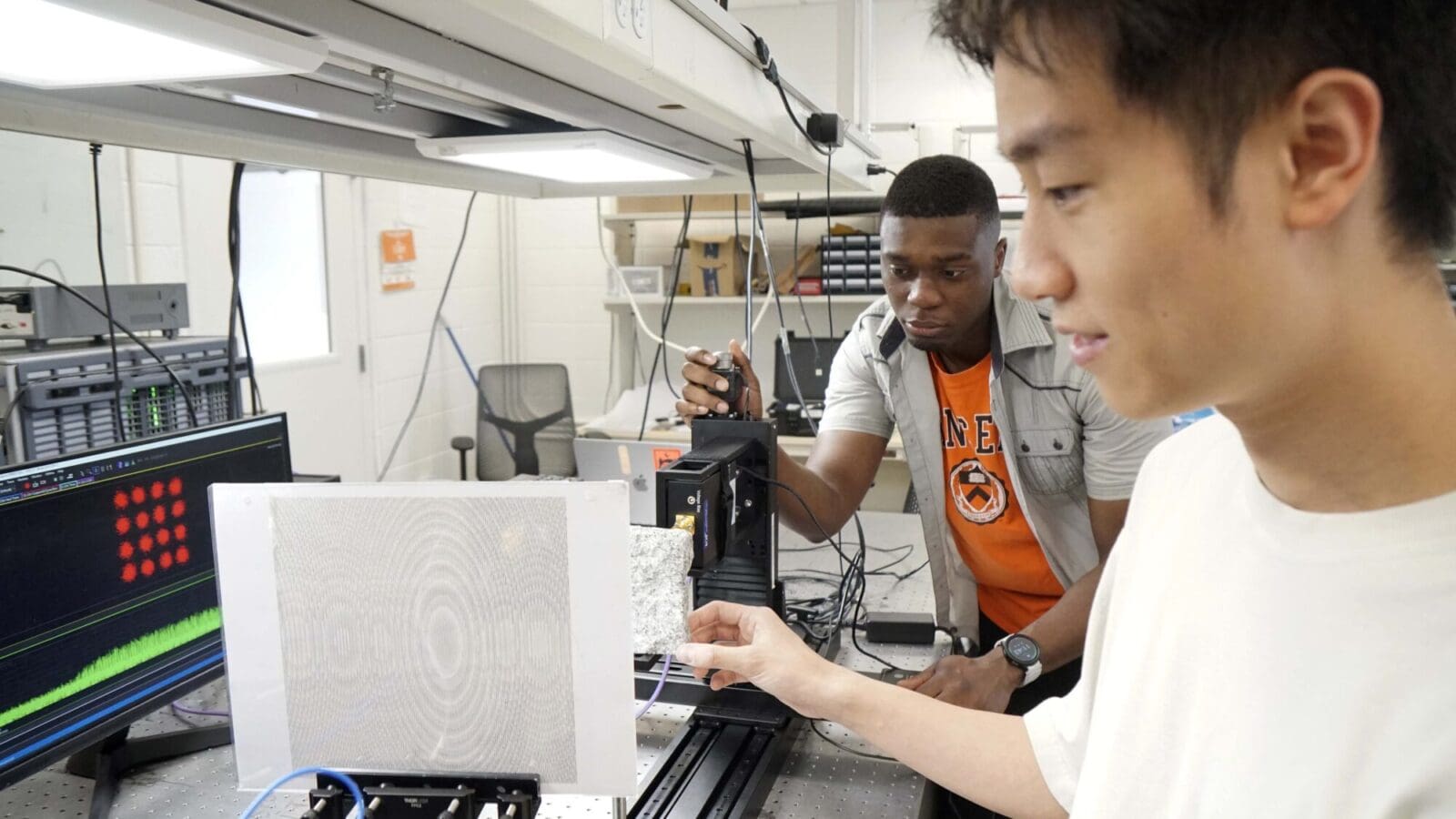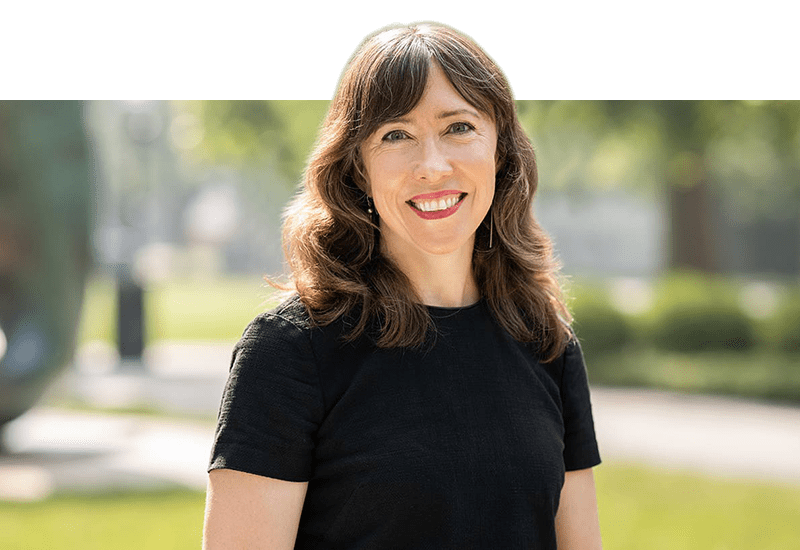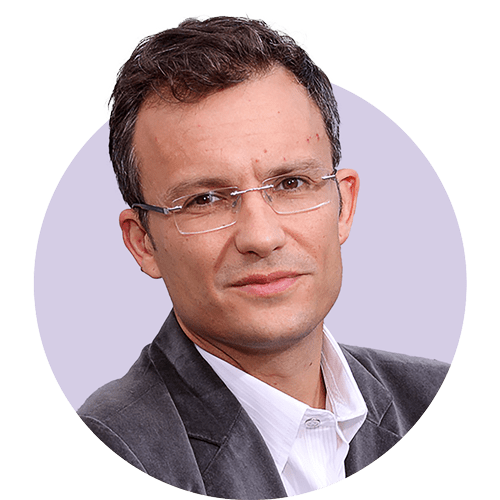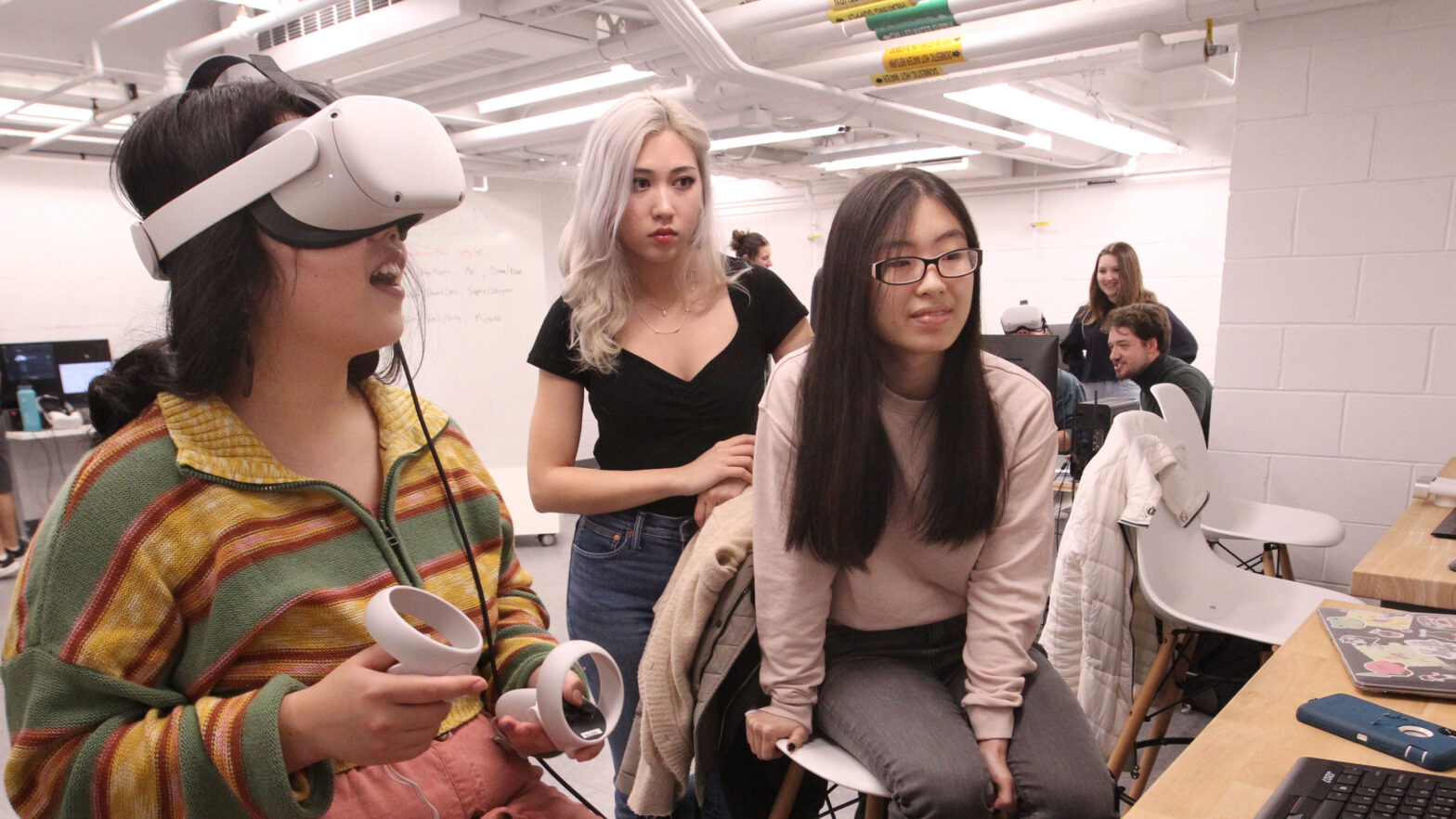
Students implement visions through virtual reality
By
on
A new class jointly offered by faculty of engineering and architecture introduces virtual and augmented reality to students who are not necessarily focused on computer science. The class, including undergraduates and grad students from the humanities, sciences and engineering, will be offered again in the fall.
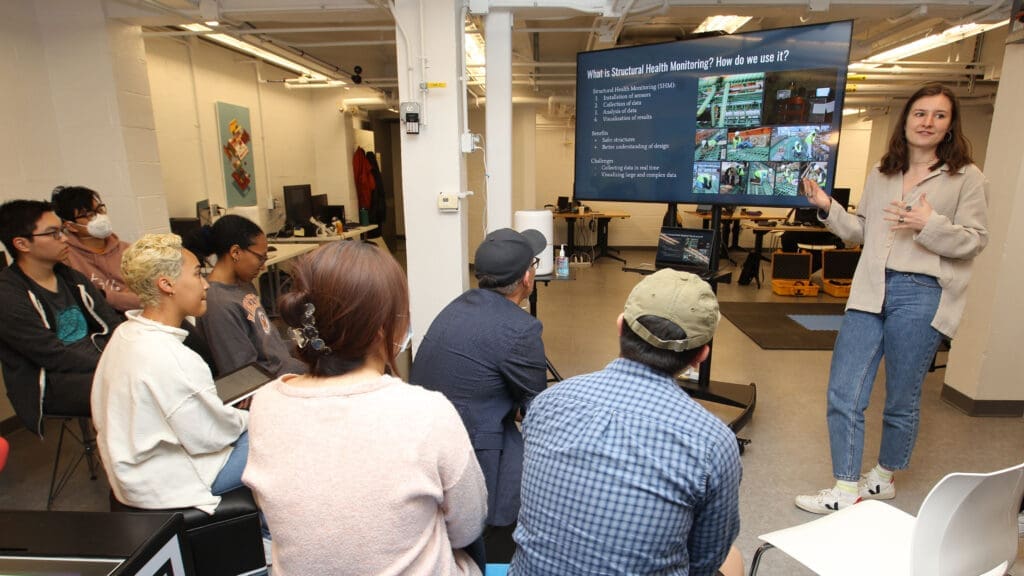
“The idea is not to focus on programming,” said Alexander Glaser, associate professor of mechanical and aerospace engineering and public and international affairs. “The idea is to give the students enough skill to implement their vision.”
After applying virtual reality technology to his own research, which focuses on nuclear energy and arms control, Glaser wanted to introduce virtual and augmented reality to students who were not necessarily computer programmers. He teamed up with Forrest Meggers, an associate professor of architecture who has also used the technology in his work on innovative and sustainable systems for heating and cooling buildings.
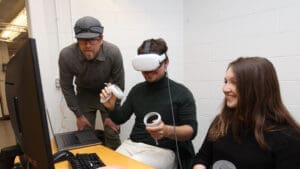
Meggers said one of the most interesting aspects of the class was watching the ways students explored and expanded the boundaries of the new technology. He said one of the great promises of virtual and augmented reality was the potential to “enable more hybrid modes of learning and research that may help more effectively break down disciplinary boundaries and standard practice.”
Students were given the option to use the totally immersive experience of virtual reality or augmented reality, which provides information to a user observing an area or object. Melanie McCloy, a senior concentrating in civil and environmental engineering, used augmented reality as part of a project monitoring stress on the university’s Streicker Bridge; Sophie Amiton, a senior concentrating in mechanical and aerospace engineering, and Alexander Cox, a graduate student in geosciences, created a virtual reality program that allowed users to study the Martian surface to plan future structures.
Michelle Zhang, a graduate student in international relations, used augmented reality to show designers how they could provide easier access to Princeton buildings for people with physical disabilities. The program, which allows users to overlay adaptions to structures such as the School of International and Public Affairs’ Robertson Hall, can also quickly demonstrate the challenges some people have in accessing the areas.

“I do not have a background in design or architecture — what led me to pursue this project was my own experiences with accessibility around campus,” she said. “I have muscular dystrophy, so it affects my mobility and how I navigate my environment. As such, I wanted to share some of those experiences with the goal of showing why accessibility should be discussed more and how we can think about inclusivity for everyone.”
Zhang, who joined Princeton after working for the FBI in the New York field office, specializes in security and space technology. She said that adapting the technology for her specialty was beyond the scope of the course, but class has inspired her to think of using augmented and virtual reality in future projects.
For their project, Sophia-Rose Diodati and Samantha Anderson recreated Jimmy Mack’s — a longtime barbershop and community fixture in Princeton that since closed. The team worked to reflect the history of the building site with current mapping and visual software, including information and even a song that community members sang about the business.

Anderson, who is graduating this year with a degree in civil and environmental engineering, said the technology helped her better explore the role that builders and engineers play in the history of a community. “It’s important for engineers to consider history as part of their work, especially when designing new developments,” she said. “In addition to technical skills, this class and more specifically the project has taught me about the positive impact that design and engineering can have on a community. With our project, we were able to bring back to life the narratives of a neighborhood that has been hidden behind the changing landscape of Princeton.”
Diodati, a master’s student in architecture, said Princeton historian Shirley Satterfield and Councilmember Leighton Newlin were instrumental in developing the project and understanding the history of the neighborhood. After working with virtual and augmented reality in a design firm before coming the Princeton, Diodati said she was eager to expand her knowledge of the technology as part of her studies.
“I do truly believe we’re only seeing the beginnings of what this technology has to offer,” she said. “Being interested in work similar to our project, I’m excited to see how AR technology might be able to close accessibility gaps to information and knowledge as they are tied to place.”

